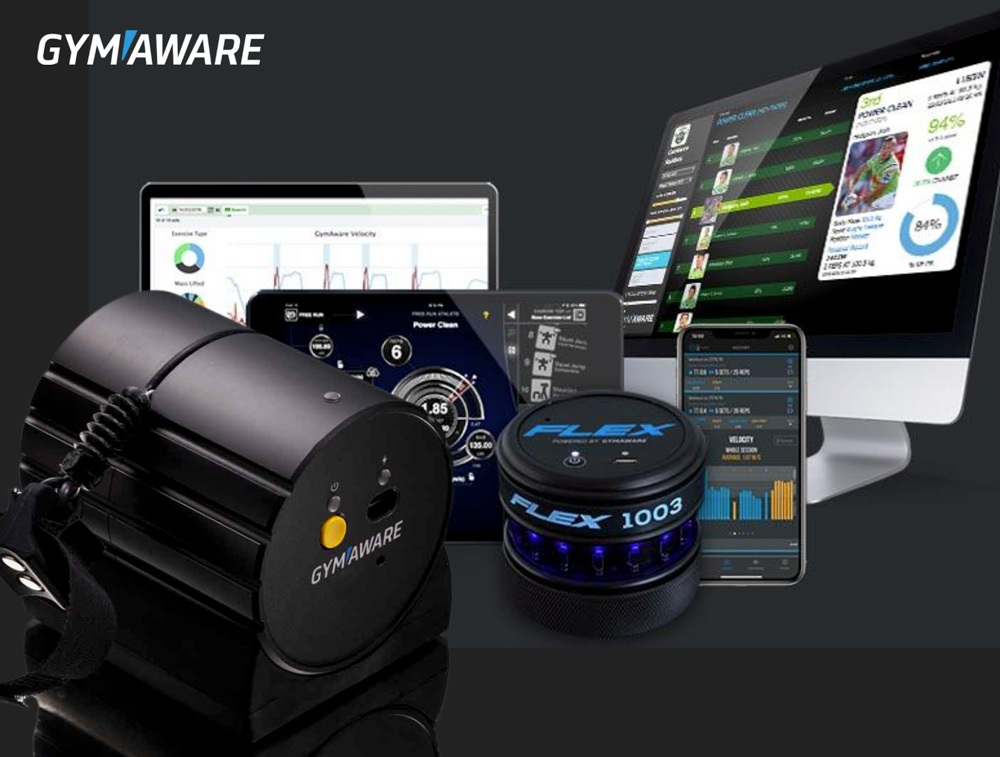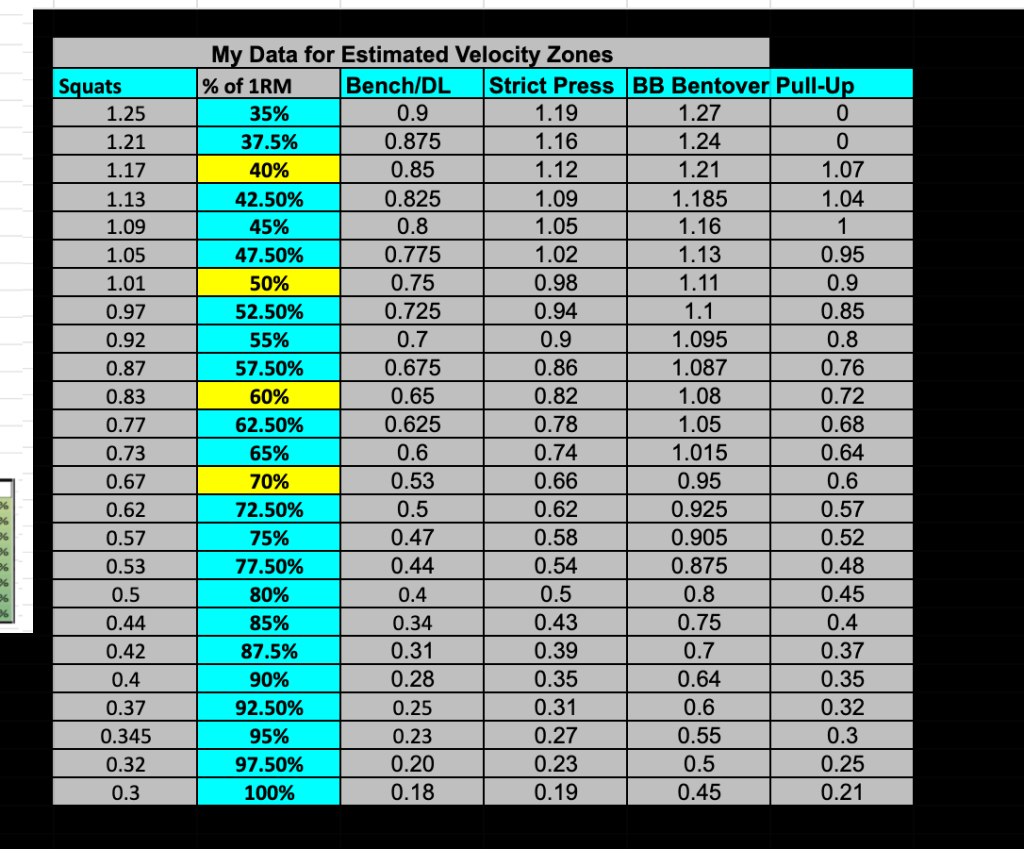My friend, Josh Bryant, mentioned Dr. Fred Hatfield in a post yesterday recognizing his 8 years of moving on from this world. Guys like Dr. Hatfield, Louie Simmons, Ernie Frantz, and so many others of that beautiful era have really set the bar high for the rest of us. Louie used the term ‘compensatory acceleration’ quite often in his early writings, but it was Dr. Hatfield that actually coined the term. Hearing the term and knowing the definition is one thing, but applying the method can really change the game for your program.
I wrote an article for GymAware a few years ago if you want to read the original one: https://gymaware.com/compensatory-acceleration-training-guide/
When I first started experimenting with Compensatory Acceleration Training, or CAT, it completely changed how I approached lifting. The idea is simple but powerful: when you move a barbell, you don’t just try to lift it, but instead you try to accelerate it through the entire range of motion. Whether it’s 60% of your max or 90%, your goal is to apply as much force as possible at every point of the lift. Like I mentioned earlier, the concept was made famous by Dr. Fred Hatfield, also known as “Dr. Squat,” and later expanded on by Mel Siff and Verkhoshansky in Supertraining. But over the years, I’ve learned that CAT is more than just a cue. It’s a mindset that transforms how an athlete develops strength and power.

In every lift, the resistance your body faces isn’t constant. At the bottom of a squat, for example, you’re at your weakest position. As you rise, the movement gets easier because your joints are stacked and your mechanical advantage improves. Most lifters unconsciously ease up as the bar gets lighter near the top. CAT flips that script. You attack every inch of the lift, driving hard from start to finish, as if the bar is trying to escape you. This is how you train the nervous system to recruit more high-threshold motor units aka the ones responsible for fast, powerful, game-changing contractions.

According to Newton’s law of motion, Force equals Mass times Acceleration. That means if you want to produce more force, you can either lift heavier loads or move the load faster. Most athletes already understand the value of lifting heavy, but what separates the elite is their ability to apply that same force at a higher rate. CAT is about chasing acceleration from the moment one begins to apply enough force to overcome gravity to the point of achieving max velocity. By intentionally moving the bar with maximum intent, you teach the body to produce force more efficiently, recruit more muscle fibers, and improve overall coordination and synchronization between agonists and antagonists.
It’s not just about applying more force. It’s about applying that maximum amount of force as quickly as possible. Unlike with bodybuilders, it’s not just about building muscle. It’s about training your nervous system to fire like lightning. For maximum application of what’s happening in the strength and conditioning room, the focus has to be on applying the maximum amount of force as quickly as possible. In sports, force is applied in a short amount of time, so peak force is of no value unless a solid amount is applied at a high rate.

Velocity-Based Training (VBT) is an incredible complement to CAT because it gives you instant feedback. The goal with CAT isn’t just to move fast, but instead it’s to move with intent. Velocity feedback keeps you honest. Using tools like the GymAware RS or FLEX Unit, lets you track whether you’re actually applying maximal effort or just going through the motions. Every rep should be a test of intent, especially when the bar feels easy. When you combine VBT data with CAT principles, you get a clearer picture of where your athletes fall on the force-velocity curve, and you can program accordingly.

My Velocity Info compiled from my own athletes
I will explain. In the chart above, I have the typical velocities for the percentages of 1RM of the given exercises. You can also perform force-velocity profiles for each individual. However, let’s say the athlete follows the chart perfectly. You can tell them to squat 80% of their 1RM making sure the first 2-3 reps is .5m/s or faster. This will encourage the athlete to squat each repetition as fast as possible throughout the entire range of motion.
Another layer to CAT that I love is accommodating resistance aka using bands or chains to keep tension high through the full range of motion. This forces athletes to accelerate even when mechanical advantage improves. Instead of coasting at the top, the resistance continues to challenge them, reinforcing the habit of finishing every rep with intent. That single adjustment can transform a lift from a basic strength movement into a high-velocity power builder.
Bands actually make the velocity higher at any given percentage of 1RM due to two reasons: 1. The bands are pulling faster than gravity, and therefore creating the maximum amount of passive force production created by the stretch shortening cycle. 2. The bar load is lightened at the most difficult range of motion, which is the bottom of a squat. This allows the athlete to accelerate the barbell through their normal sticking point.
I’ve used CAT with athletes across all sports, from weightlifters and powerlifters to football players and track athletes. The results speak for themselves. When you train to move fast, you become fast. The data backs it up too—research has shown that athletes who perform every rep with maximal acceleration see greater increases in strength, power output, and even vertical jump performance compared to those who lift the same loads without focusing on velocity. Mann, B, et al., 2015 showed clear evidence that adding VBT increased power production over the nonuse.
The beauty of Compensatory Acceleration Training is that it’s simple and scalable. You can use it on your main lifts, your accessory work, or even your Olympic lift derivatives. It’s not a “special method” you pull out once a month. It’s a philosophy of intent that should be applied every time you touch a barbell. Strength and speed live on the same spectrum, and CAT helps you bridge that gap. Whether your goal is to squat a personal record, throw further, or sprint faster, the message is the same: don’t just lift the weight—attack it.
In the end, CAT teaches athletes one of the most important lessons in performance training: strength without intent is wasted potential. Every rep is an opportunity to get faster, more explosive, and more coordinated. When you train with acceleration in mind, your body learns to produce force faster—and that’s the essence of athletic performance. If you’re a coach, teach your athletes to move with purpose. If you’re an athlete, stop “lifting” and start lifting with max intent. That’s how you turn strength into power, and power into performance.
Here are some simple ways to implement:
- With Trap Bar Jumps, Power Cleans, or Clean Pulls:
- Track a Percentage or a few percentages of Bodyweight like 75%, 90%, and 100% making note of maximum power at each and time to peak power.
- With Clean or Snatch Pulls, track percentages of 1RM like 110% and 120% and make note of increases in peak velocity and time to peak velocity.
- Strength Movements-
- Improvements of Mean Velocity in 100% of Bodyweight in the Back Squat showed clear correlations to improvements in acceleration and jumping.
- Set minimum velocity thresholds like .4m/s for bench and pulls or .5m/s for the squat and increase the load at that rate.
- Literally use the chart above and encourage athletes to lift at speeds above the velocities assigned to the percentages above.
I hope this helps. You can read more about compensatory acceleration and its application in my New EBOOK:
.➡️ ‘Mash Explosion’ Only $24 that’s 40% OFF!
If you want to learn how to get “Powerful” for your individual sport or activity, the book will teach you exactly how.
.
Mash Explosion EBook:
➡️ What is Power
➡️Physiology that creates power
➡️How to improve those traits
➡️How to test, respond, and monitor
➡️more!
The New Mash Program will show you how to put it all together.
.
➡️ Maximize Power, Vertical Leap, and Explosion Only $20/mth–
Get 30% Off 1st Month-
Use Code: ‘MASSIVEHOPSANDPOWER30’
The Program:
➡️Strength specific to becoming explosive
➡️Shock Method Plyometrics
➡️Drop Jumps, Lengthened Isometrics, and AEL
➡️Adults will learn to get powerful again safely
Program Perks:
➡️Coach led
➡️Testing to monitor gainz
➡️Coach can adjust: volume,exercise selection, & days/week
➡️Bonus Free EBook surprise
➡️Video explanations of exercises
➡️Educational content throughout
➡️Written so you can use %’s, RPE, and/or Velocity
.
References-
- Jones MT. Effect of compensatory acceleration training in combination with accommodating resistance on upper body strength in collegiate athletes. Open Access J Sports Med. 2014 Aug 4;5:183-9. doi: 10.2147/OAJSM.S65877. PMID: 25177154; PMCID: PMC4128835.
- Blanco, Fernando & Rodriguez Rosell, David & Sánchez-Medina, L & Gorostiaga, Esteban & González-Badillo, Juan. (2014). Effect of Movement Velocity during Resistance Training on Neuromuscular Performance. International Journal of Sports Medicine. 10.1055/s-0033-1363985.
- Mann, Bryan & Ivey, Patrick & Sayers, Stephen. (2015). Velocity-Based Training in Football. Strength and Conditioning Journal. 37. 52-57. 10.1519/SSC.0000000000000177.
